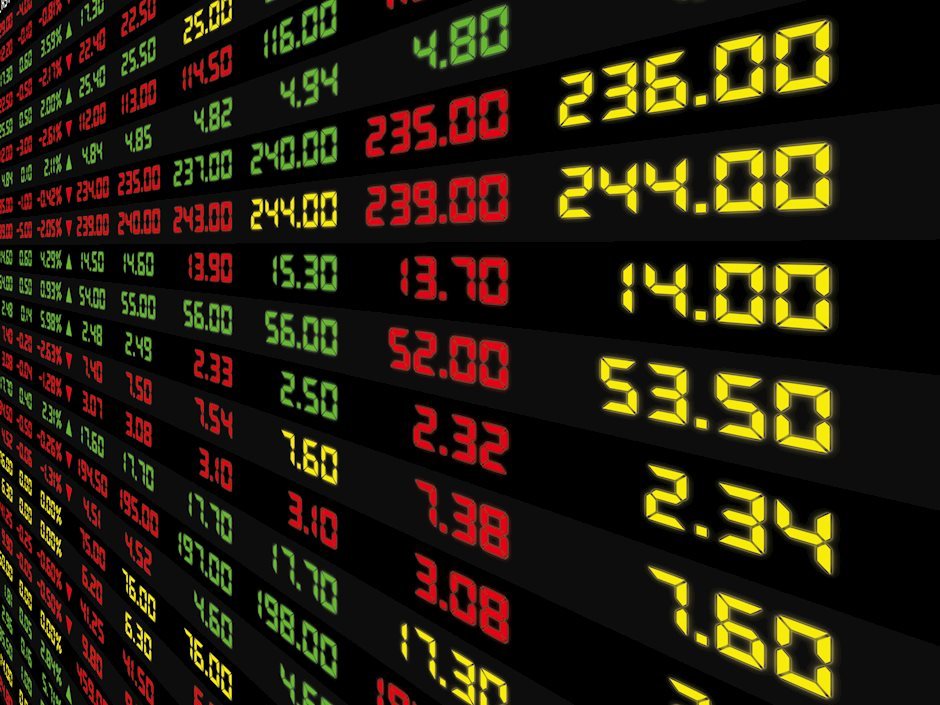The VIX and the turn in the S&P: From fear to opportunity, a psychological explanation
- The VIX is known as the 'fear index' for good reason.
- S&P 500 and the VIX trade in opposition.
- Equities have climbed 25% in the last two weeks.

The Chicago Board Options Exchange's Volatility Index, VIX for short is the stock market's standard measure for equity movement. Its colloquial name is the ‘fear index’, the reasons are interesting.
Though stock prices are clearly a two way street the emotions generated by rising and falling prices are quite different.
Equities and the VIX
Equities and equity traders have an inherent bias to the upside. The logic is straightforward. Stocks rise in an expanding economy. Company sales, profits and dividends improve, equity prices climb and traders, from individuals to hedge funds are happy.
Rising share prices even if violent and unexpected do not generally drive the VIX to extremes. The reason, like the overall bias to stocks is quite simple.
For most traders missing a major positive mover is an opportunity cost not an absolute loss. The trader who skips a chance to go long will not have as much profit as one might, but they will have no less than they started with. They may be chagrined or even sorrowful, but regret is not fear.
A falling market, however, especially a violently moving one is a different emotional experience altogether. Here the potential loss is absolute. If you miss the trade or the move, you have less, possibly far less than you started with. That possibility is a powerful motivating factor in the selling panic that on occasions seems to move out of all relationship to the underlying economic and financial factors.
That is why the VIX has come to be known as the fear index. Though it measures volatility, the volatility of a falling market generates much greater fear than an equally wild movement to the upside.
Historically the generally reliable equation is that falling equity prices produce a higher volatility index and rising prices a stationary or declining index.
Equities in the Coronavirus panic
Over the past six weeks of equity trading the VIX has reached heights not seen since the financial crisis in the fall of 2008. The all-time record for the index is 89.53 on October 24 of that year. Even though the speed of the equity collapse has been the fastest in history and the fear of the Coronavirus pandemic has unhinged markets around the world the VIX has fallen a little short of its record at 85.47 on March 18.
In the volatile month of trading leading up to the March 23 low in the S&P the oppositional relationship between falling equity prices and rising volatility held firm.
In the 21 S&P 500 trading sessions from February 24 to the bottom on March 23 the equivalence of a lower index and higher VIX held on 20 of 22 days.
Then on Friday March 20 both the S&P and the VIX fell. It happened again the next session on Monday March 23. Then on nine of the 11 sessions from March 20th to April 6 the VIX and the S&P, higher or lower, moved in tandem.
What had happened that falling prices no longer stoked fears and why did it presage the equity recovery that has seen the S&P rise 25% from its low on March 23?
In retrospect two things had changed. First the selling panic became grossly overextended. In technical terms the market was oversold but psychologically enough traders must have realized that further selling was an opportunity not a threat. If the selling continued, or on the days it resumed, it enhanced their ability to buy into the hugely undervalued market. Further selling, from this point of view, was a positive development and positives bring down the volatility index. From March 20 to April 6 the VIX fell on five of six days that the S&P did.
But why would volatility rise when the equity index rose? Wouldn’t that mean that stock were recovering some of their losses and headed to better valuations?
In overall terms yes. But for the professionals and money managers a 31% decline in four weeks is a rare, a very, very rare opportunity to buy vastly undervalued stocks and set up a year of stellar performance. For many if not most it was a once in a career chance. Particularly so if, as many believe, the pandemic would play out and slowly or quickly the economy and equities would recover with stocks leading the way.
For these traders the anxiety was now on the upside. They needed to buy into the market in the fastest, most efficient and profitable way. Hence for this brief period at the turn of the turn of the tide fear was transferred to the upside.
The S&P has soared 25% from the March 23 low but in that final week of the month no one knew whether the rally would last or some new development would send the market cascading lower. Every purchase was a calculated risk and every rise in the market made those risks more imperative and harder to execute.
The reversal in the normal VIX and S&P relationship from March 20 to April 6 portrayed the psychological shift in the equity market from fear to opportunity, an insight that was an excellent and a timely indicator of the equity reversal.
Author

Joseph Trevisani
FXStreet
Joseph Trevisani began his thirty-year career in the financial markets at Credit Suisse in New York and Singapore where he worked for 12 years as an interbank currency trader and trading desk manager.
















